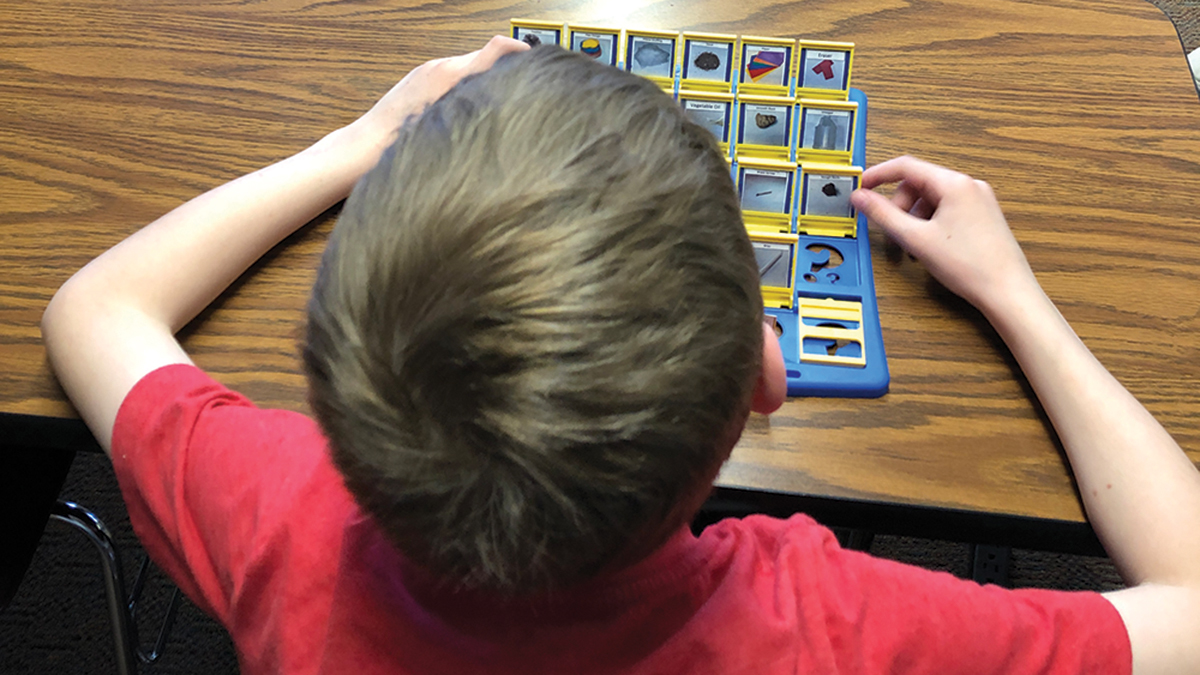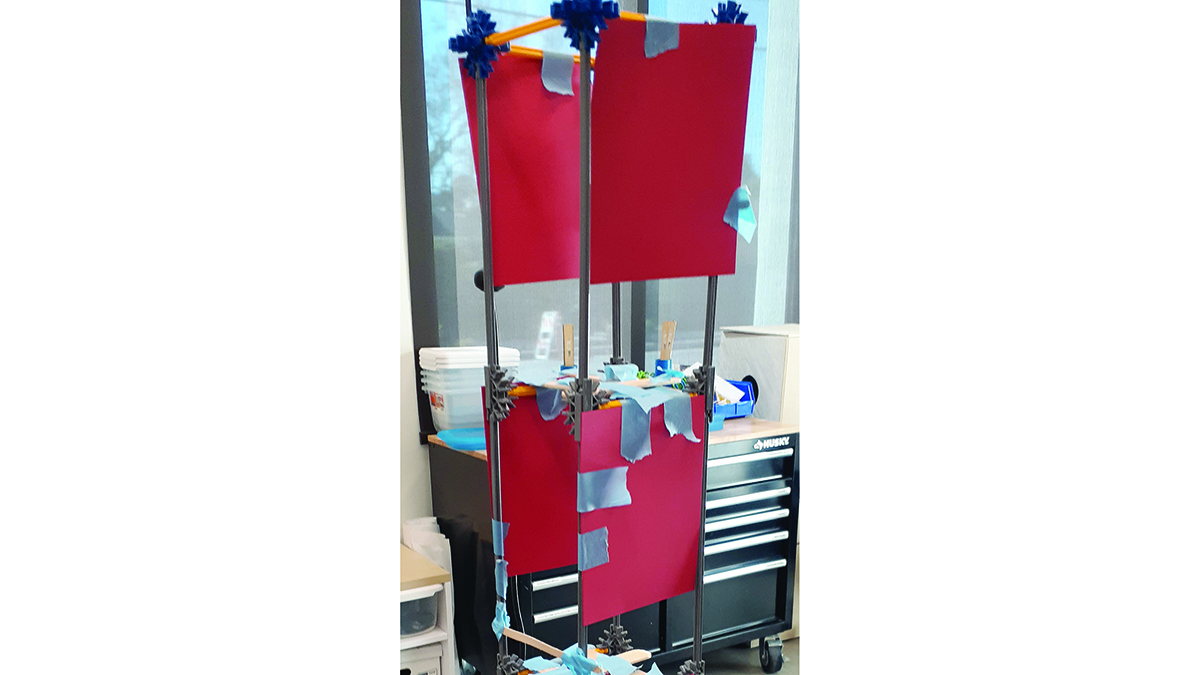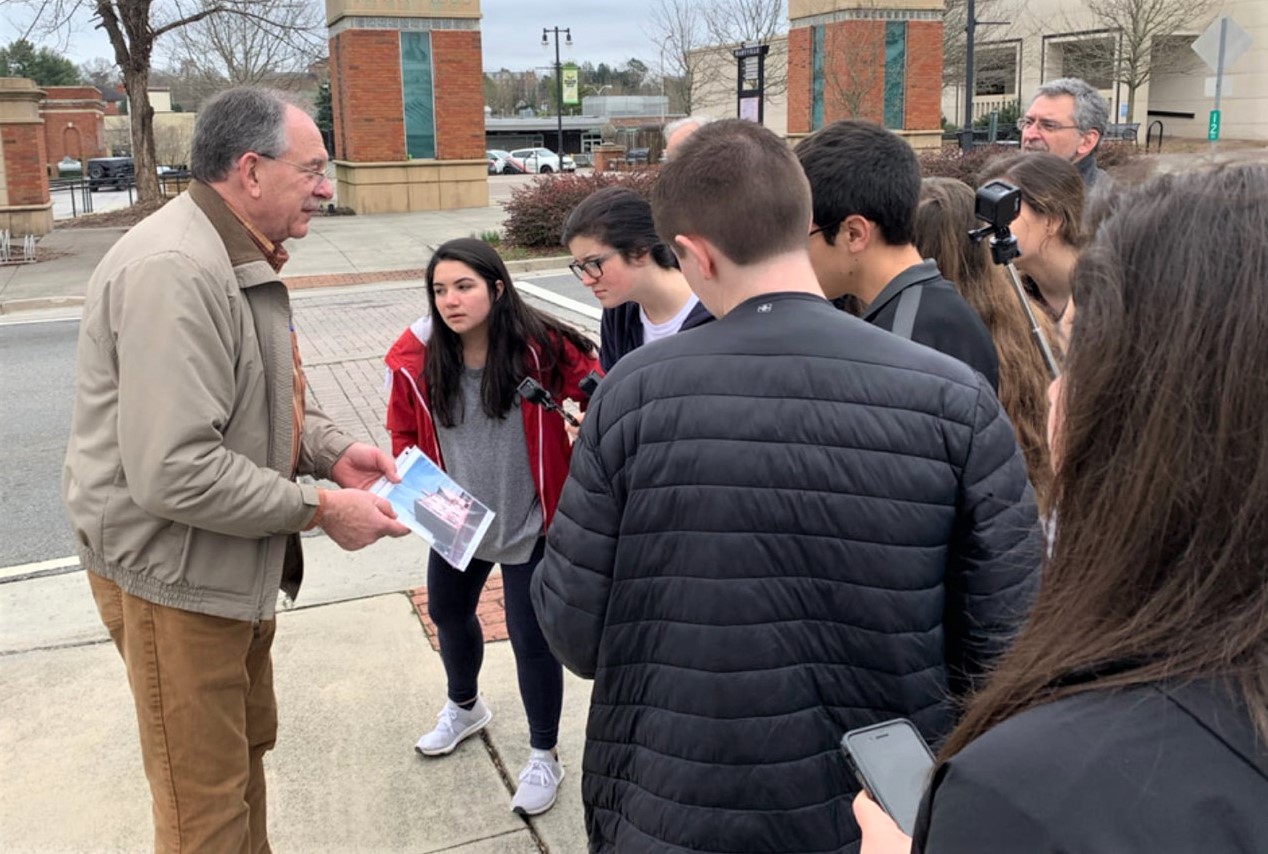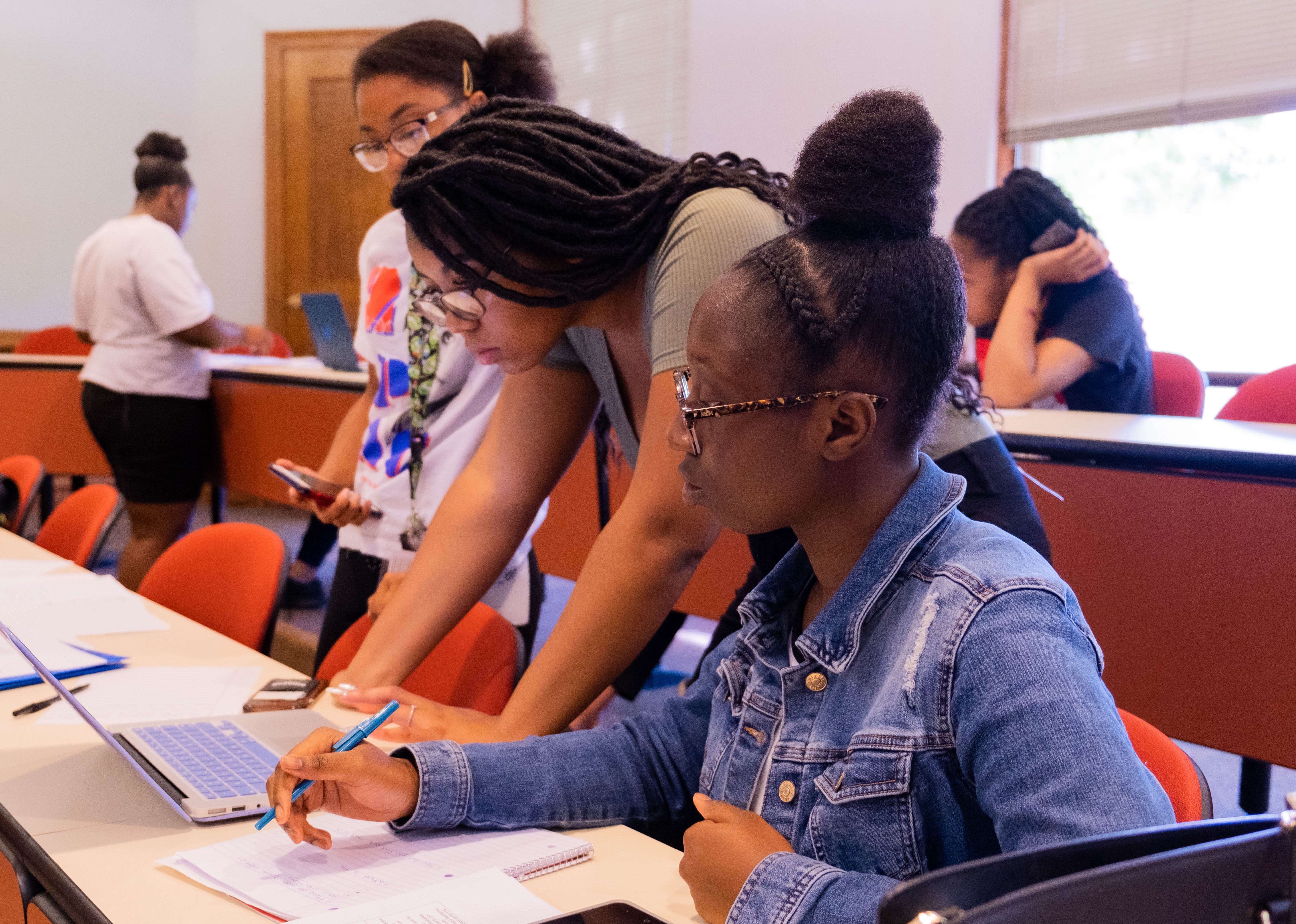Emerging Connections
Commitments for Connected STEM
Spanning Disciplines, Generations, and Anchor Institutions for Humane Science
feature
Student Agency Through Engineering
When students are given opportunities to address problems important to them, the engineering design process (EDP) helps show the way.
Science and Children—January/February 2022 (Volume 59, Issue 3)
By Shiela Lee, John Russell, Todd Campbell, and Okhee Lee

Brief
What If We Made Room for Young People?
Rebuilding Community-Institution Trust Through Youth Participatory Action Research
Volume 4, Issue 1
Youth and Communities Taking Action Through STEM
Volume 4, Issue 1
Youth and Communities Taking Action Through STEM
Volume 4, Issue 1
Youth and Communities Taking Action Through STEM
feature
Chicken-Centered Design
Fourth graders experience design thinking in the barnyard
Science and Children—January/February 2022 (Volume 59, Issue 3)
By Jody Stout, Rob Rouse, Jonathan Malesic, and Katie Krummeck

feature
Patterns That Matter
Helping second graders explore patterns of properties of matter and the nature of science
Science and Children—January/February 2022 (Volume 59, Issue 3)
By Jesse Wilcox, Reade Reiter, Abby Rose, Alex Alberts, and Katie Murano

feature
Wondering About Wobbling
An earthquake design challenge for upper elementary students
Science and Children—January/February 2022 (Volume 59, Issue 3)
By Alexandria Muller, Tarah Connolly, John Galisky, Ron Skinner, Devon M. Christman, and Danielle Harlow

Tech Talk
Intentional, Creative, Powerful
Technology and Design Thinking
Science and Children—January/February 2022 (Volume 59, Issue 3)
By Heather Pacheco-Guffrey
The Poetry of Science
Poetry for Design Thinking
Science and Children—January/February 2022 (Volume 59, Issue 3)
By Sylvia Vardell and Janet Wong
Teaching Through Trade Books
Conservation Meets Design Thinking
Science and Children—January/February 2022 (Volume 59, Issue 3)
By Christine Anne Royce




